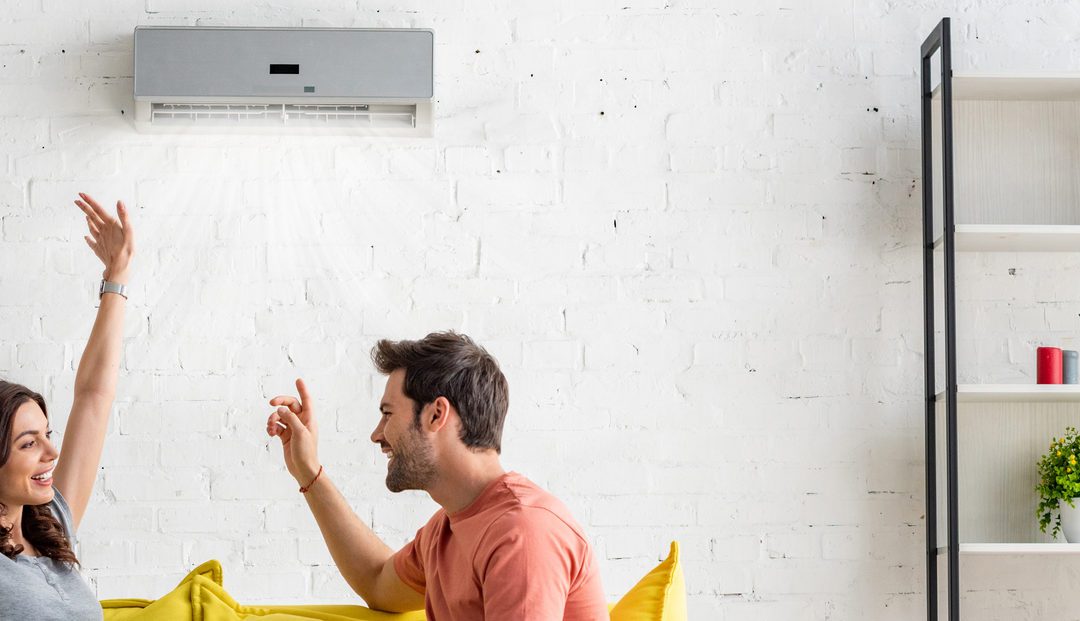With climate change in full swing, American summers are warmer, and the winters significantly colder. Every home in the country must install a fully operational HVAC system. In addition to the comfort and air quality the equipment provides, air conditioning is a key feature that attracts potential tenants or buyers to your property. However, installing a new HVAC unit isn’t affordable for every household. It costs anything between $3,000 to around $7,000, money that you surely won’t have lying around. Thankfully, other hvac financing options such as government funding – amongst others – can assist with the financial aspect of a new HVAC unit.
Governments Recommendations About an HVAC System
The increasing threat of climate change has forced states and communities into thinking about energy efficiency and renewable energy to meet public policy goals. Turning these goals into a reality requires significant upfront capital by homeowners and businesses. To enjoy the energy, economic and environmental benefits of this strategy, state and local governments assist with the initial cost by establishing clean energy finance programs that leverage and support traditional financing options. As a result, you can install an energy-efficient system with financial aid from various programs.
The Reason for Energy Efficiency
The savings from energy improvements typically outweigh the initial investment of the project. For this reason, state and local financing programs exist to make energy investments more affordable by minimizing the capital required from homeowners and businesses.
Installing an energy-efficient HVAC system drastically reduces your energy consumption. The average air-conditioned home consumes more than 2,000 kilowatt-hours per year solely via the HVAC system. As a result, power plants emit approximately 3,500 pounds of carbon dioxide and 31 pounds of sulfur dioxide.
Modern air conditioning models are extremely energy-efficient and use between 30 to 50 percent less energy to produce the same degree of cooling as traditional air conditioners. If you have a system that is around ten-years-old, you may want to consider replacing it with a newer, energy-efficient model. Consequently, you could save 20 to 40 percent of your cooling energy costs.
Central air conditioning systems are rated according to their seasonal energy efficiency ratio or SEER. This rating indicates the relative amount of energy it requires to cool your space. Older systems have a rating of six or less.
The new system you require must have the ENERGY STAR and EnergyGuide labels. Since 2015, there have been new central air conditioner standards, and you should purchase a system with a higher SEER rating.
Funding Options: Loans
State and local finance programs have partnered with private institutions to provide loans for people who require energy-efficient air conditioning. Local community banks are more flexible with offering loans such as mortgage lending and consumer lending.
Credit Unions are non-profits that are owned and controlled by their members. To support members from their community, they could be willing financial partners.
Community Development Financial Institutions (CDFIs) are non-profit lenders who aim to provide financing to people who are turned away by traditional lenders. There is a list of CDFIs who typically offer more attractive loans than the usual providers.
Specialized Energy Lenders have specific off-the-shelf programs that can be launched quickly. They won’t provide capital for their loans but instead, increase the interest rate to cover their costs.
The Home Equity Line of Credit (HELOC) allows you to tap into your home equity to obtain a line of credit that you can use around the home instead of a fixed loan amount. It functions similar to a revolving credit plan where you can use the funds you require, repay as time goes by, and borrow more money up to your credit limit. This degree of flexibility is a huge benefit if you require an energy-efficient air conditioning system.
Funding Options: Bonds
Bonds are long-term debt measures used by the state and local governments to raise capital for certain purposes. Your payments, called coupons, are made at regular intervals until the debt paid off completely.
Both state and local governments can issue General Obligation (GO) bonds dictated by the issuer’s credit rating and their commitment to making repayments with available resources. They are generally low risk in that the capital can be raised with lower interest rates.
Revenue bonds involve repayment tied to a specific source of revenue. Your repayments are pledged to an energy loan program until paid off completely. Interest rates are generally higher.
Grants
The US Department of Health and Human Services has a program called the Low Income Home Energy Assistance Program (LIHEAP) that provides grants to low-income households for their HVAC system costs. Some states may allow you a grant to repair broken or inefficient heating and cooling systems.
Additionally, several charity organizations and churches offer one-time grants for emergencies such as replacing a critical appliance. If you have a condition where an HVAC unit is essential to your health, these organizations could assist you in some form.
Conclusion
Even without sufficient personal funding, you don’t have to expose yourself to the harsh weather conditions we experience. With these options available, find a suitable one for you and your household for your new HVAC system.

